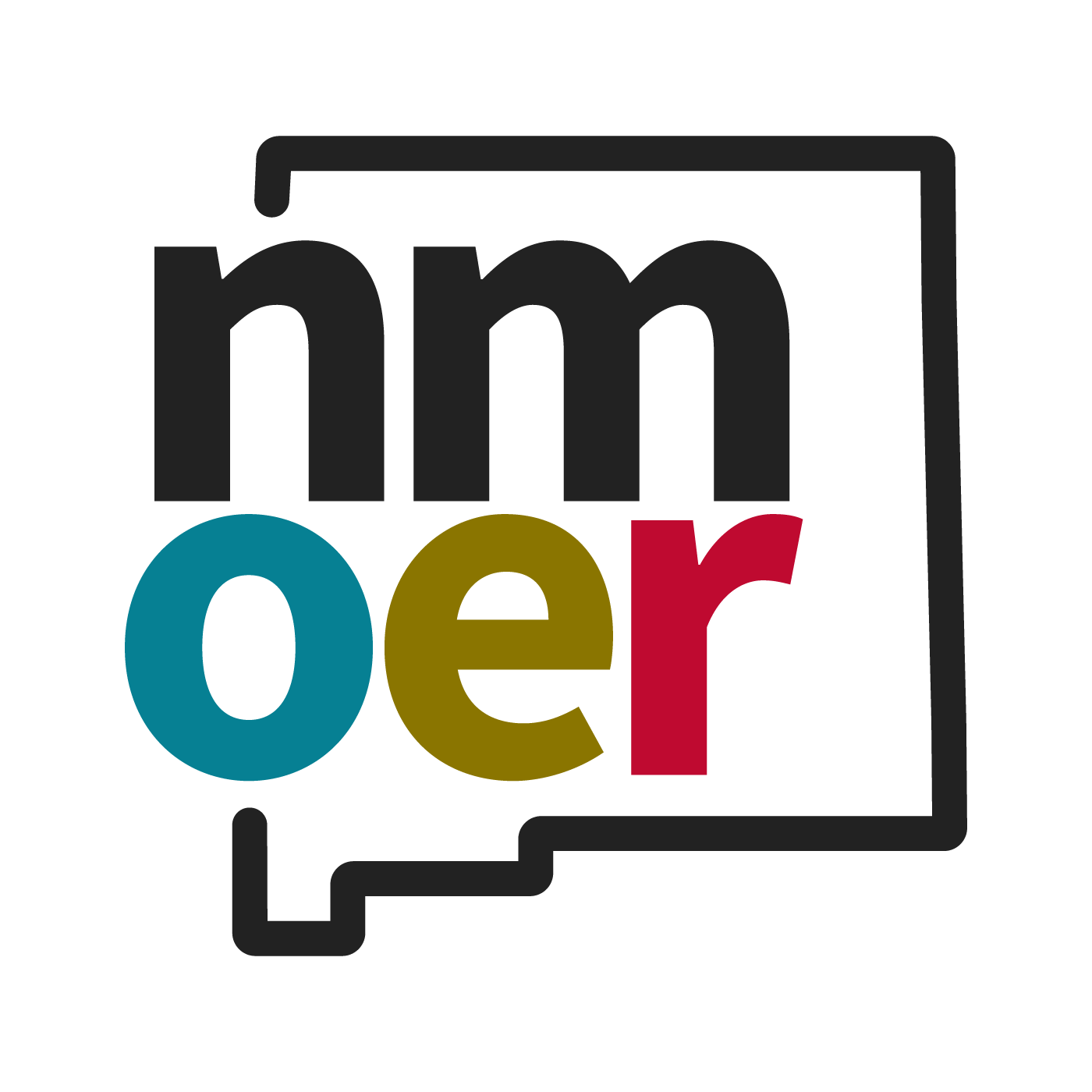Poetry
Poetry and Transtemporal Solidarity
Poetry—what it is, how to read it, how to write it—is very complex. We could dedicate an entire course simply introducing you all to poetry. In fact, Alan Lindsay, PhD; and Candace Bergstrom, MFA do just that in their open-source book An Introduction to Poetry: A Complete Online Course. In fact, they make the following observations about poetry:
What is a poem? … A poem is a work of resonant, sensual language that provides a unique experience while it makes a unique observation about life.
That’s not an entirely satisfactory definition. So here are some more thoughts.
- Poetry happens when resonance and sensuality combine. This means that “poetry” is a feature (or function) of language in general and is not in any way restricted to poems. Poetry, however, tends to show up in the form and content of poems.
- True, not everything that looks like a poem is necessarily poetry; some “poems” may be merely verse (simple ideas that use meter or rhyme merely for decoration). And sensual, resonant language is not restricted to poems. One may find it in conversation, prose writing, cereal packages, really good political speeches—anywhere language is deployed (we call such instances “poetic,” as in, “she speaks so poetically about playing tennis that it makes you want to take up the sport).
- While poetry may appear in these other places, poems are where poetry must always be. Poems and poetry are defined in relation to one another.
In our course of early world literature and restorative justice, we are reading poetry that can be between thousands to hundreds of years old. These poems still capture our interest and imagination. Our restorative justice lens also means that we will discuss these poems through the idea of transtemporal solidarity. That is that we begin with the understanding that poetry can help us come together, united as a community through our interests, feelings, and actions. And we come together even as the distance between us, the author, and the poem spans beyond our own timeline.
We will continue to discuss transtemporal solidarity throughout these modules as we also think through the fact that the poems we will read are in translation. This brings a set of challenges and possibilities, including that we will also create translingual solidarity and multi-personal solidarity. In other words, poetry allows us to come together as a community despite barriers of time, distance, people, language, and so much more.
How to Read a Poem
Read the chapter “How to Read a Poem (& Maybe Fall in Love with Poetry):”
https://pressbooks.pub/introtopoetry2019/chapter/chapter2/
Some Elements of Poetry
As students learning about early poetry, we must also understand some of the language we use to talk about and analyze poetry—elements, patterns, meter, and so on. Here’s a very basic introduction to some important terms especially for this class.
- Imagery: related to show don’t tell, “renders a description more vivid and immediate” by creating visual images with words
- Rhythm: It can include rhyme (meter) but it’s more than that—it’s the ways the poem stresses and unstresses syllables as well as pauses to create a tempo in the poem.
- o Assonance: repetition of vowel sounds in nearby words
- o Consonance: repetition of consonant sounds at the end or middle of words
- Sound
- o Euphony: Soft & harmonious. Usually includes the letters L, O, S, SH, M, N, Y, W, U, Ph, A
- o Cacophony: harsh, hard, rattling sounds. Usually includes the letters K, J, T, Q, V, C, X, G, Z, CH
- Density: How much is said in how little of space
- Line: There are traditional lines and non-traditional lines. The end of a line creates a natural pause. The line is a tool to control the rhythm of the poetry.
- See a Guide to Poetic Terms for a longer list of words and meanings
We will take a close look at imagery in the next chapter since many early poems rely on imagery to convey emotion.
Most of the poetry we read in this class is in translation. Therefore, we must ask: How much of the elements of poetry are created by the translation? How can we reach poetry read in translation? And how many of these elements can a translator carry across language, culture, and time? Even with these questions in mind, which we will continuously discuss in class, we will take time to think about poetry and how it connects to us as readers. Our focus will be on how we as modern readers can connect to and be in solidarity with poetry from the distant past.
FURTHER READINGS:
For a quick guide of poetic terms, see:
https://poetry.harvard.edu/guide-poetic-terms
For a thorough explanation on how to write a poetry explication, see:
https://writingcenter.unc.edu/tips-and-tools/poetry-explications/
For an article about teaching poetry to retain the love of poetry, see:
For powerpoint slides on poetry, see here: https://www.canva.com/design/DAF-SPzdEf0/OcQ165x1kuEehZ-WnKJpDg/edit?utm_content=DAF-SPzdEf0&utm_campaign=designshare&utm_medium=link2&utm_source=sharebutton

